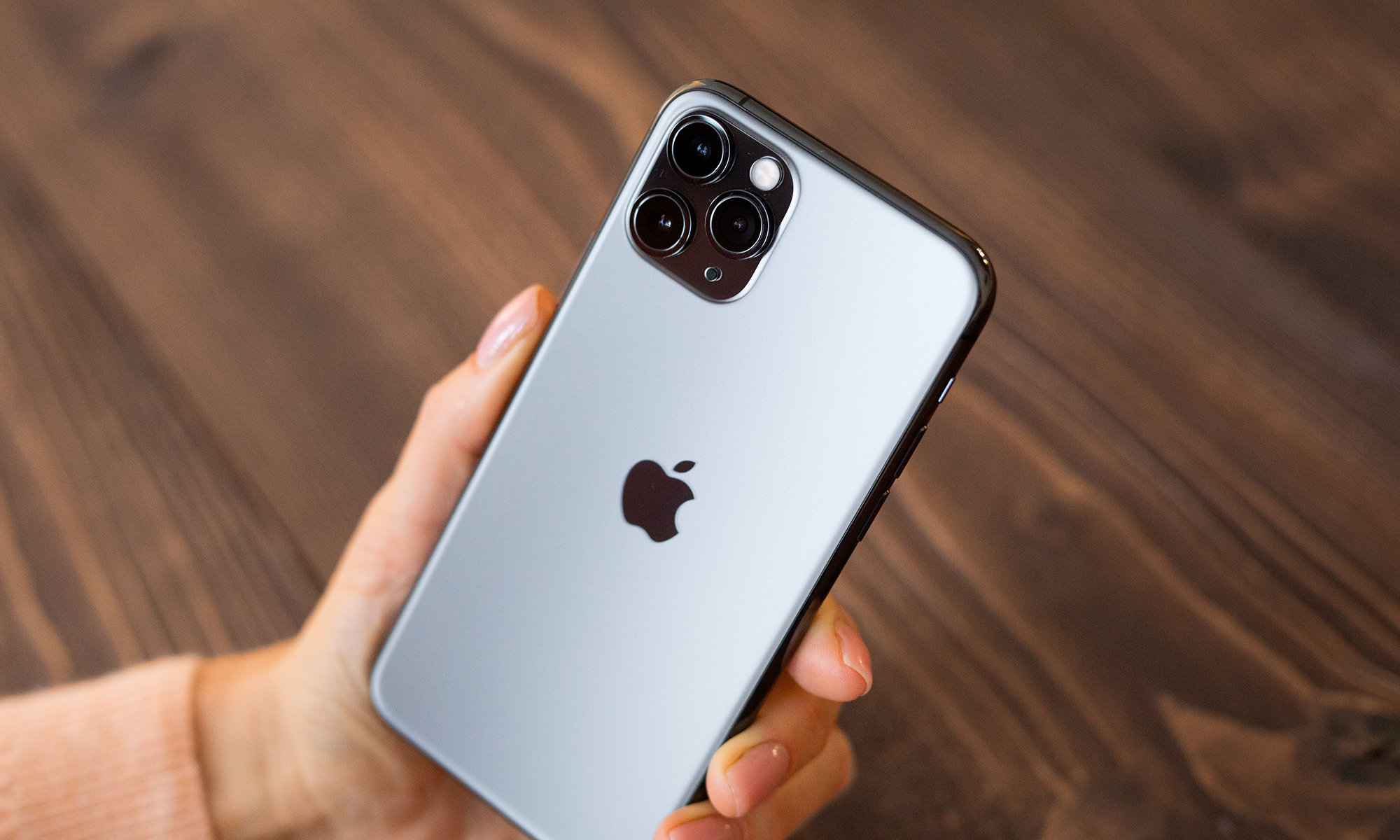
Universal Display's lucrative OLED materials. IMAGE SOURCE: Universal Display.
Universal Display Corporation (OLED +1.11%) is set to release first-quarter 2016 results this Thursday, May 5, after the market close. Shares of the OLED technologist have rebounded nicely despite the company's weaker-than-expected showing in February, with the stock even flirting with all-time highs in recent days. And long investors would love nothing more than to sustain that momentum with a solid report to kick off a year that CFO Sid Rosenblatt described as one "in which the OLED industry builds meaningful new capacity for the continued proliferation of OLEDs in the marketplace."
But what, exactly, should investors be watching when Universal Display's Q1 report hits the wires?
First, as far as headline numbers go, Universal Display hasn't provided specific financial guidance for the first quarter. But it did offer an early look at the full year, calling for 2016 revenue to increase 15% year over year, plus or minus 5%, resulting in a range of $208.7 million to $230.6 million. Management also noted that given current manufacturing capacity buildouts, the majority of that growth will occur in the second half of the year.
As such -- and with the caveat that we don't lend much credence to Wall Street's near-term demands -- it should come as no surprise that analysts' consensus estimates predict Universal Display will achieve a breakeven quarter as revenue increases a modest 1.1%, to $31.6 million. Investors should also keep in mind that this doesn't include one of the biannual license payments Universal Display receives from Samsung Display (NASDAQOTH: SSNLF) in the second and fourth quarters of each year. Altogether in 2016, Samsung Display's license payments will total $75 million, up from $60 million in 2015.
To that end, Universal Display generates revenue from two segments: royalty and license fees, which climbed 23% year over year last quarter, to $34.4 million (including $30 million from Samsung), and sales of OLED materials, which fell 1% year over year last quarter, to $27.8 million. Regarding the latter, Universal Display blamed year-end inventory management by customers, as well as its product mix weighing toward its lower-priced OLED emitters. In addition, note that there's a one-quarter lag in running royalties generated by sales of licensed products under Universal Display's long-term patent and license agreement with LG Display. Considering LG Display previously stated roughly 50% of its total OLED TV unit shipments in 2015 were sold in the fourth quarter alone -- and though LG Display's own manufacturing efforts for these high-end TVs is still in its early stages -- we should see at least some positive impact from that agreement in Q1.
I'll also be listening closely for color on new and expanded license agreements signed during the quarter, including a "collaboration and evaluation agreement" centering on OLED lighting with OSRAM signed in March. Given similar agreements signed with the likes of Philips and BOE in recent years, we shouldn't expect this to materially contribute to Universal Display's top or bottom lines in the near future. But given the vast potential for OLED lighting, which is cool to the touch, is highly energy efficient, and affords designers the ability to be made in flat, flexible form factors, it's encouraging to see an increasing number of suppliers demonstrating interest in the technology.
In addition, listen for any hints from Universal Display management that Apple (AAPL 0.24%) might be expanding its use of OLED beyond "just" the displays in the Apple Watch -- namely, to its popular iPhone line. A few weeks ago, various South Korean news outlets reported that Samsung Display has signed a deal lasting at least three years to supply around 100 million OLED smartphone screens annually to Apple -- a massive development from which Universal Display would obviously benefit, even if it means further increasing its reliance on its largest customer in Samsung Display.
At the same time, I don't expect Universal Display management to comment on the specific plans of Apple or Samsung Display. But I've been surprised before; After Universal Display's Q1 conference call almost exactly three years ago, for example, I noted that CEO Steve Abramson curiously pointed out that Apple had recently filed a patent for a wrist-worn OLED display, seemingly foreshadowing the Apple Watch. And late last year, Universal Display shares rose after Rosenblatt commented that, in his opinion, an OLED iPhone was only a matter of time.
Until then, however, Universal Display investors will happily weather a few quarters of sluggish growth, especially if it means watching the massive growth story of Universal Display's flagship technology continue to unfold.








